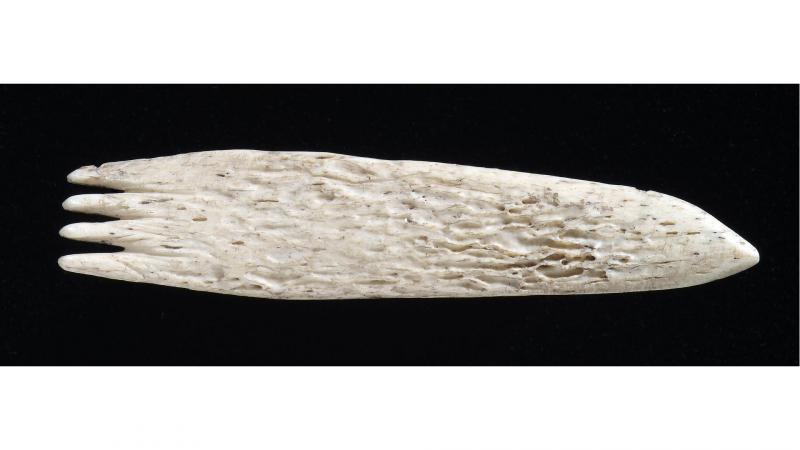While opening a trench for the installation of a large gas pipe in August 1907, workers in Liège discovered entire parts of its history from Modern Times through Prehistory. The public works started on rue Royale (now located in the Tivoli area) and then spread to the neighbouring Place Saint-Lambert square. Given the importance of the remains found in the trenches, the city commissioned the Liège Archaeological Institute to conduct research. Civil engineer Paul Lohest and historian Eugene Polain began a campaign of excavations that lasted two months on 17 September, the day of St. Lambert. Many spectators were drawn to watch this impromptu spectacle. Among the exhumed objects is a small bone comb, which is partially polished and dates back to 5300 BC. This potter's tool was multifunctional: the bevelled end of the comb was probably used as an edger during the shaping of ceramics. The toothed portion was used to draw lines and to print marks in the wet paste. The fine pottery decorations took the form of meanders, spirals and chevrons.
- Home
- The Museum’s collections
- Archaeology
- To dig is to go back in time

